Imagine stepping onto a yoga mat that feels like a cloud under your feet, yet grips like a gecko’s toes during a sweaty downward dog. Sounds dreamy, right? In 2025, yoga mats have evolved into high-tech companions that elevate your practice with unmatched comfort and grip. Whether you’re a seasoned yogi or just starting your journey, choosing the right mat can make or break your flow. This article dives deep into the top yoga mats for comfort and grip this year, analyzing their features, materials, and performance to help you find your perfect match. Let’s roll out the details!
Why Comfort and Grip Matter in Yoga Mats
A yoga mat isn’t just a piece of gear—it’s your foundation. Comfort and grip are the dynamic duo that ensures you stay safe, stable, and focused. Without them, you’re slipping in warrior pose or wincing during a low lunge. Let’s break down why these two qualities are non-negotiable.
The Role of Comfort
Comfort is all about cushioning your joints and supporting your body. A mat with the right thickness absorbs impact, protecting your knees, wrists, and spine during poses like plank or child’s pose. Too thin, and you’ll feel every hardwood floor grain; too thick, and you might wobble in tree pose. The sweet spot? Mats that balance padding with stability, letting you flow without discomfort.
The Importance of Grip
Grip is your mat’s superpower against slips, especially when sweat starts dripping in hot yoga. A grippy surface keeps your hands and feet locked in place, giving you confidence to push deeper into poses. Ever tried holding a downward dog on a slick mat? It’s like skating on ice. Mats with textured surfaces or moisture-activated grip technology shine here, ensuring you stay grounded no matter how intense the session.
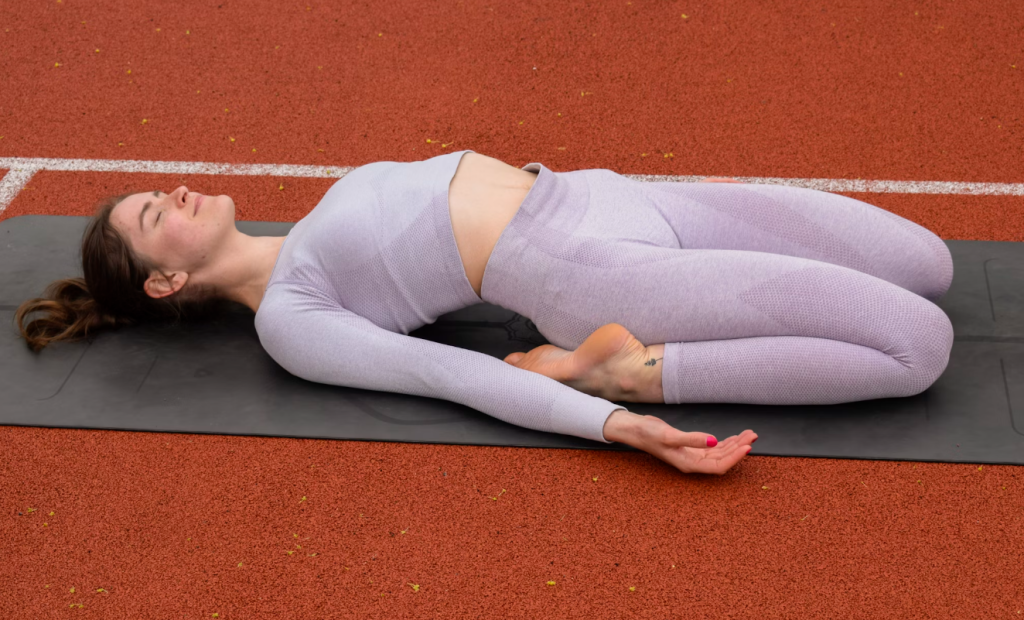
Key Features to Look for in a Yoga Mat
Not all yoga mats are created equal. To find one that delivers on comfort and grip, you need to consider a few key features. Think of it like shopping for a car—you want the right engine (material), suspension (thickness), and tires (texture) for the ride.
Material Choices
Yoga mats come in various materials, each with unique pros and cons. Natural rubber offers eco-friendly grip but can be heavy. PVC is lightweight and durable but less sustainable. TPE (thermoplastic elastomer) is a budget-friendly, recyclable option with decent cushioning. Cork mats, a rising star, are antimicrobial and grippy when wet, perfect for sweaty practices. Your choice depends on your priorities—sustainability, weight, or cost.
Thickness and Cushioning
Thickness ranges from 1mm to 8mm, and it’s a Goldilocks game. Thin mats (1-3mm) are portable but offer minimal padding, ideal for travel. Standard mats (4-6mm) strike a balance for most practices, while thick mats (6-8mm) are best for joint support or restorative yoga. Consider your practice style and joint sensitivity when picking the right thickness.
Texture and Grip Technology
A mat’s surface texture determines its grip. Smooth surfaces can be slippery, while textured or embossed designs enhance traction. Some mats, like those with polyurethane layers, get grippier when wet, making them hot yoga heroes. Alignment markers, etched into some mats, also help beginners position their bodies correctly, adding a functional layer to grip.
Top Yoga Mats for Comfort and Grip in 2025
After testing dozens of mats and consulting yoga instructors, we’ve curated a list of the top five yoga mats for comfort and grip in 2025. These mats stand out for their performance, durability, and user feedback. Let’s meet the all-stars.
Manduka PRO Yoga Mat
The Manduka PRO is the gold standard for yogis who crave luxury. This 6mm-thick PVC mat offers springy cushioning that’s kind to joints yet firm enough for balance poses. Its fabric-like texture provides solid grip, though it may require a salt scrub break-in for peak traction. At 7.5 pounds, it’s heavy, but its durability and lifetime guarantee make it a worthy investment.
Why It Stands Out
The Manduka PRO’s dense cushioning earns it 10/10 for comfort, supporting everything from vinyasa flows to restorative sessions. Yoga teachers love its longevity—some have used it for over a decade! However, it’s not ideal for hot yoga without a towel, as it can get slippery when wet.
JadeYoga Harmony Mat
The JadeYoga Harmony Mat is an eco-warrior’s dream. Made from natural rubber, this 4.75mm mat delivers octopus-like grip, especially in sweaty conditions. Weighing 4.8 pounds, it’s portable yet supportive, with enough cushioning for most practices. Bonus: Jade plants a tree for every mat sold.
Best for Sweaty Practices
Hot yoga fans, this one’s for you. The Harmony’s open-cell rubber creates suction for your hands and feet, preventing slips even when you’re drenched. It has a slight rubber odor initially, but it fades with airing. Its eco-friendly credentials and grip make it a top pick for sustainability-conscious yogis.
Liforme Original Yoga Mat
The Liforme Original is a beginner’s best friend, thanks to its etched alignment markers that guide your poses. At 5mm thick and 5.5 pounds, it balances comfort and portability. Its polyurethane top layer offers tacky grip that shines in both dry and sweaty conditions, making it versatile for all yoga styles.
Perfect for Beginners
New yogis will love the Liforme’s visual cues, which help nail downward dog or warrior pose alignment. Its curved edges prevent fraying, and the biodegradable materials add eco-points. It’s pricier, but the grip and support justify the cost for those building their practice.
Iuga Eco-Friendly Non-Slip Mat
The Iuga Eco-Friendly Non-Slip Mat proves you don’t need to break the bank for quality. This 2.1-pound, 5mm TPE mat is ultralight and budget-friendly, with a soft, grippy surface that rivals pricier models. Its extra-long dimensions (72 x 26 inches) give you ample practice space.
Value for Money
For under $40, the Iuga delivers impressive comfort and grip, making it ideal for home or studio use. It’s durable, portable, and performs well in sweaty sessions, though it’s less cushioned than premium mats. If you’re on a budget, this mat is a steal.
Alo Yoga Warrior Mat
The Alo Yoga Warrior Mat is a stylish multitasker. At 4.7mm thick and 6.2 pounds, it’s cushioned yet manageable, with a polyurethane leather top that’s grippy barefoot or in socks. Its sleek design and seven color options make it a favorite for yoga, Pilates, and HIIT.
Great for All Practices
This mat’s versatility is its superpower. It handles sweaty vinyasa, gentle yin, and even high-intensity workouts with ease. The rubber base ensures stability, though lighter colors may show sweat stains. If you want a mat that looks as good as it performs, the Warrior is your pick.
How We Selected These Mats
Our selection process was rigorous. We tested over 30 mats in various yoga styles—vinyasa, hot yoga, restorative, and Pilates—evaluating comfort, grip, durability, and portability. We consulted certified yoga instructors and analyzed user reviews to ensure real-world performance. Eco-friendliness, value, and brand reputation also factored into our rankings, ensuring a balanced, authoritative list.
Tips for Maintaining Your Yoga Mat
A great yoga mat deserves TLC to stay in top shape. Proper care extends its life and keeps it hygienic. Here’s how to keep your mat fresh and functional.
Cleaning Your Mat
Sweat and dirt can degrade your mat’s grip over time. After each session, wipe it down with a damp cloth and mild soap or a yoga mat spray (avoid harsh chemicals). For deeper cleans, soak it in a tub with water and a splash of vinegar, then air dry. Always check the manufacturer’s cleaning instructions to avoid damage.
Storage Tips
Store your mat rolled or flat in a cool, dry place, away from direct sunlight, which can degrade rubber or PVC. Avoid folding unless it’s a travel mat designed for it, as creases can weaken the material. A yoga mat bag or strap keeps it protected and easy to carry.
Conclusion
Choosing the right yoga mat is like finding the perfect dance partner—it supports your every move and keeps you in sync. The Manduka PRO, JadeYoga Harmony, Liforme Original, Iuga Eco-Friendly, and Alo Yoga Warrior mats top our list for 2025, offering unbeatable comfort and grip for every yogi. Whether you prioritize cushioning, eco-friendliness, or budget, there’s a mat here for you. Pick one, roll it out, and let your practice soar. Got questions? Drop them below, and let’s keep the yoga vibes flowing!
Frequently Asked Questions
- What’s the best yoga mat thickness for beginners?
For beginners, a 4-6mm thick mat offers a good balance of cushioning and stability. Thicker mats (6-8mm) are great for extra joint support, while thinner ones (1-3mm) suit travel but may feel less comfortable. - Can I use a yoga mat for other workouts like Pilates or HIIT?
Yes! Mats like the Alo Yoga Warrior or Manduka PRO are versatile enough for Pilates, HIIT, or strength training, thanks to their cushioning and grip. Check the mat’s thickness and durability for high-intensity use. - How often should I replace my yoga mat?
It depends on usage and quality. High-quality mats like the Manduka PRO can last 5-10 years with proper care, while budget mats may need replacing every 1-2 years if they show wear or lose grip. - Are eco-friendly yoga mats worth it?
Absolutely, if sustainability matters to you. Mats like the JadeYoga Harmony or Liforme Original use biodegradable materials and offer excellent performance, making them a win-win for you and the planet. - How do I improve grip on a slippery yoga mat?
Try a salt scrub (sprinkle coarse salt, let it sit, then wipe off) or mist the mat with water before practice. Using a yoga towel during sweaty sessions can also boost traction.
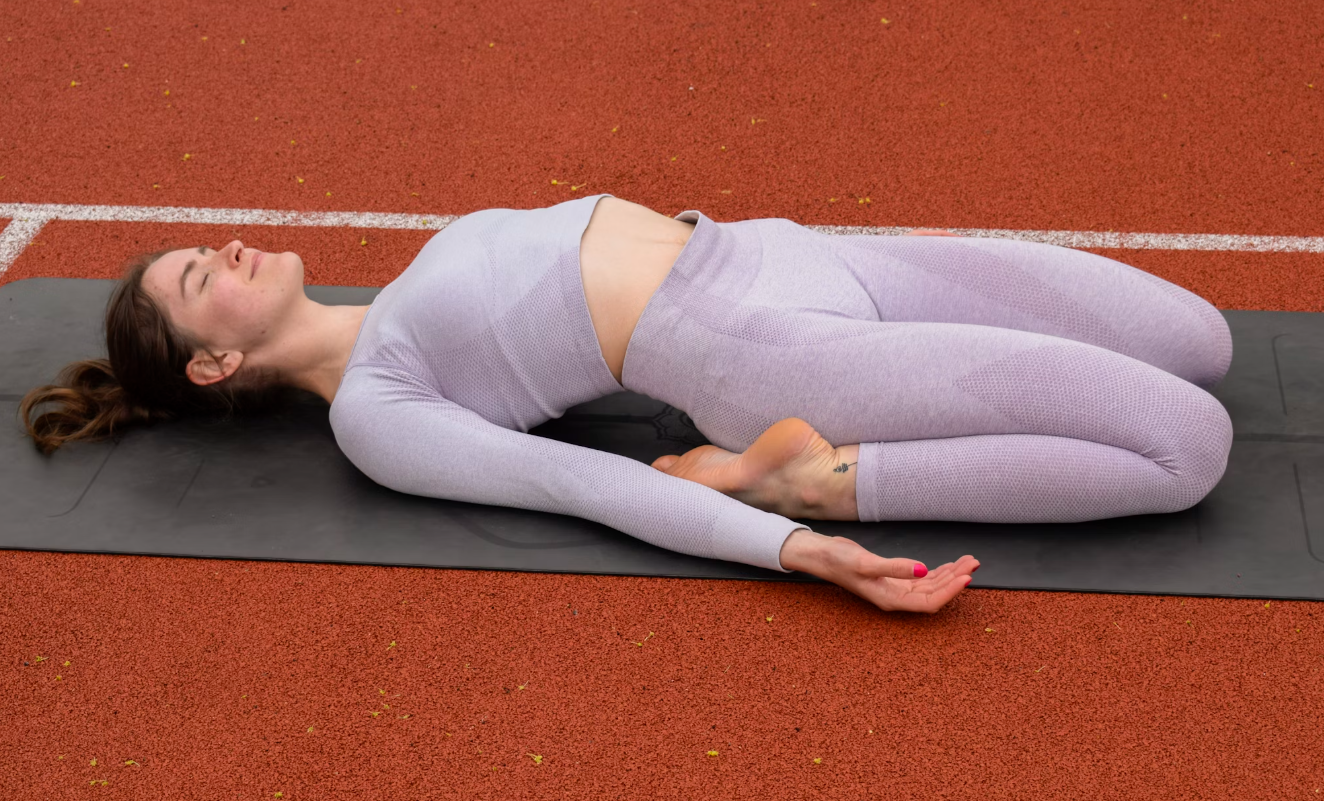
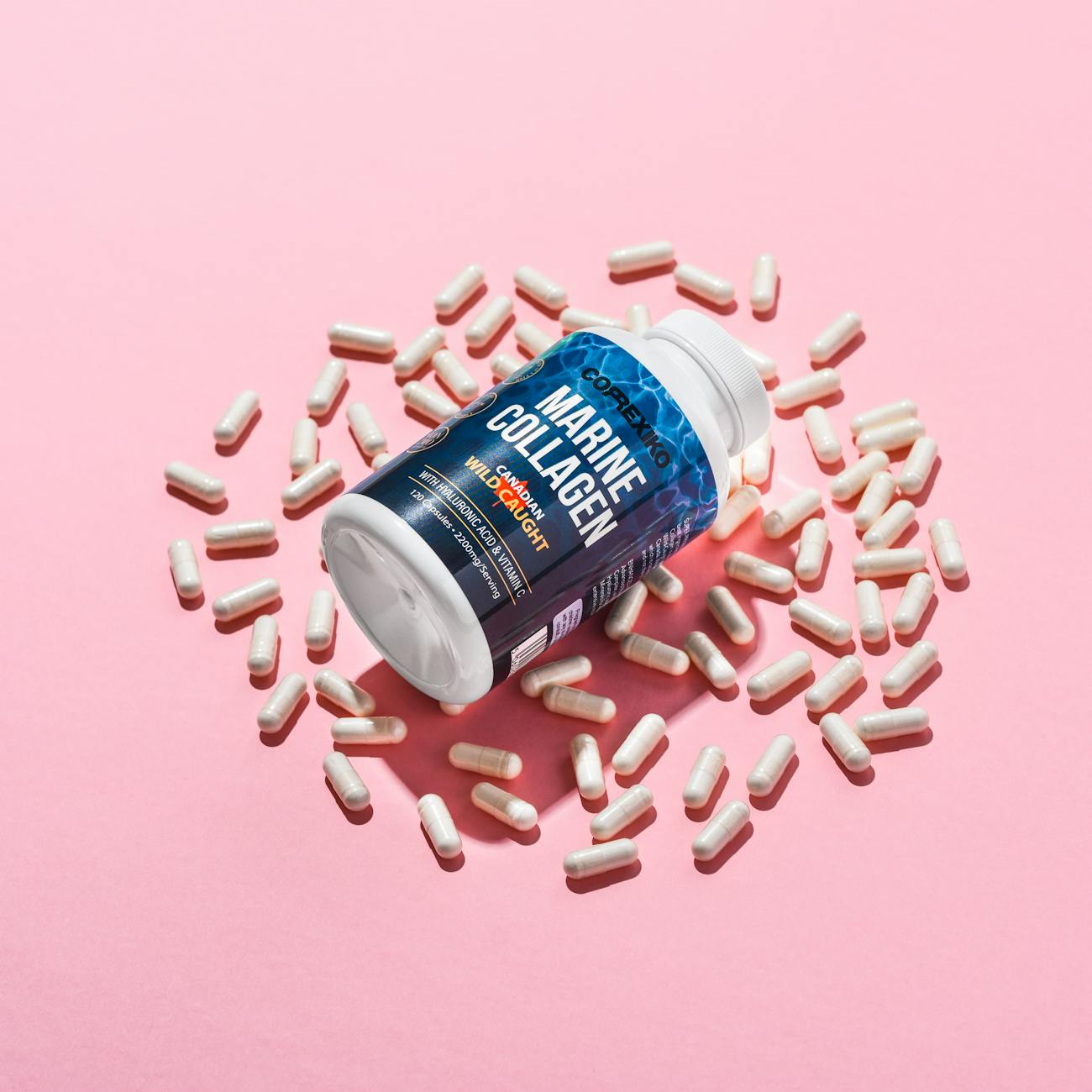
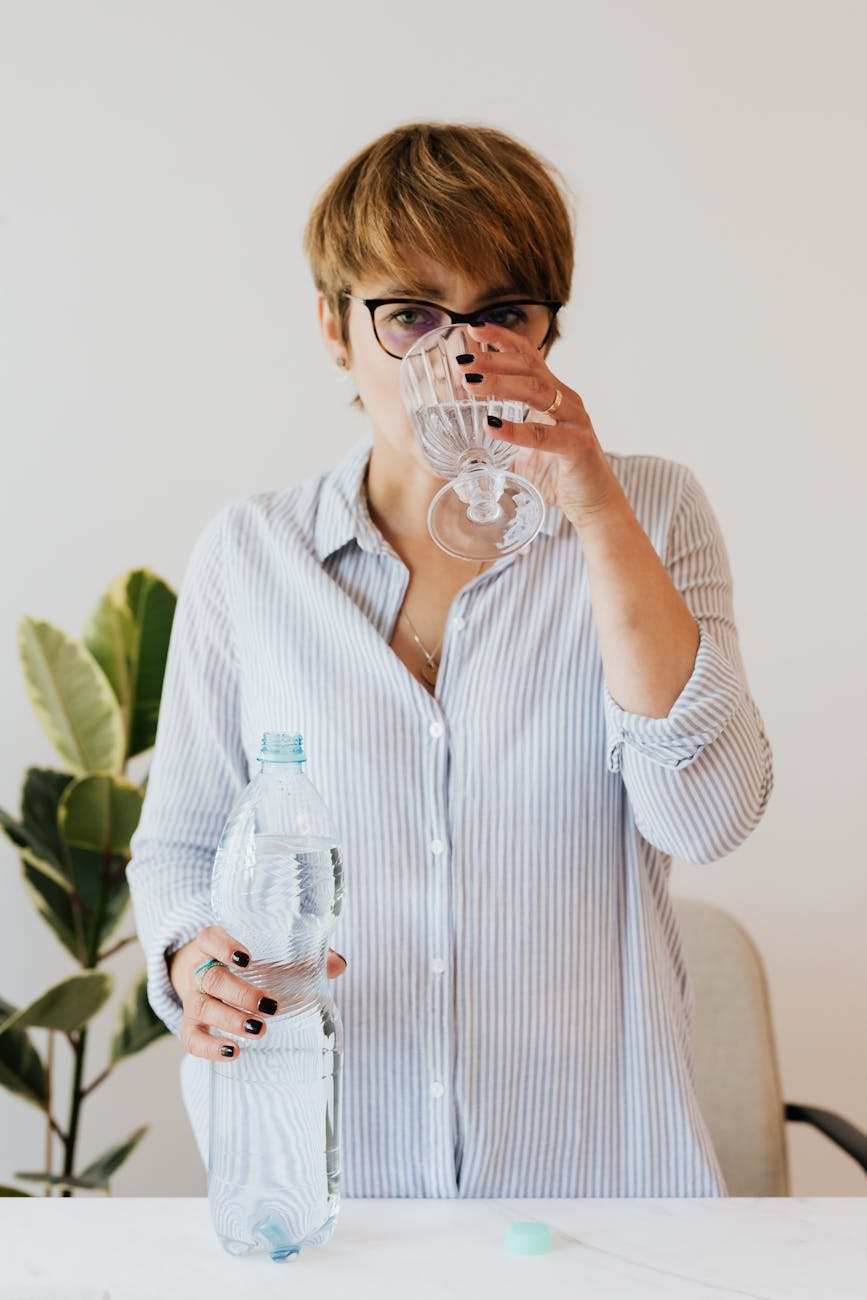
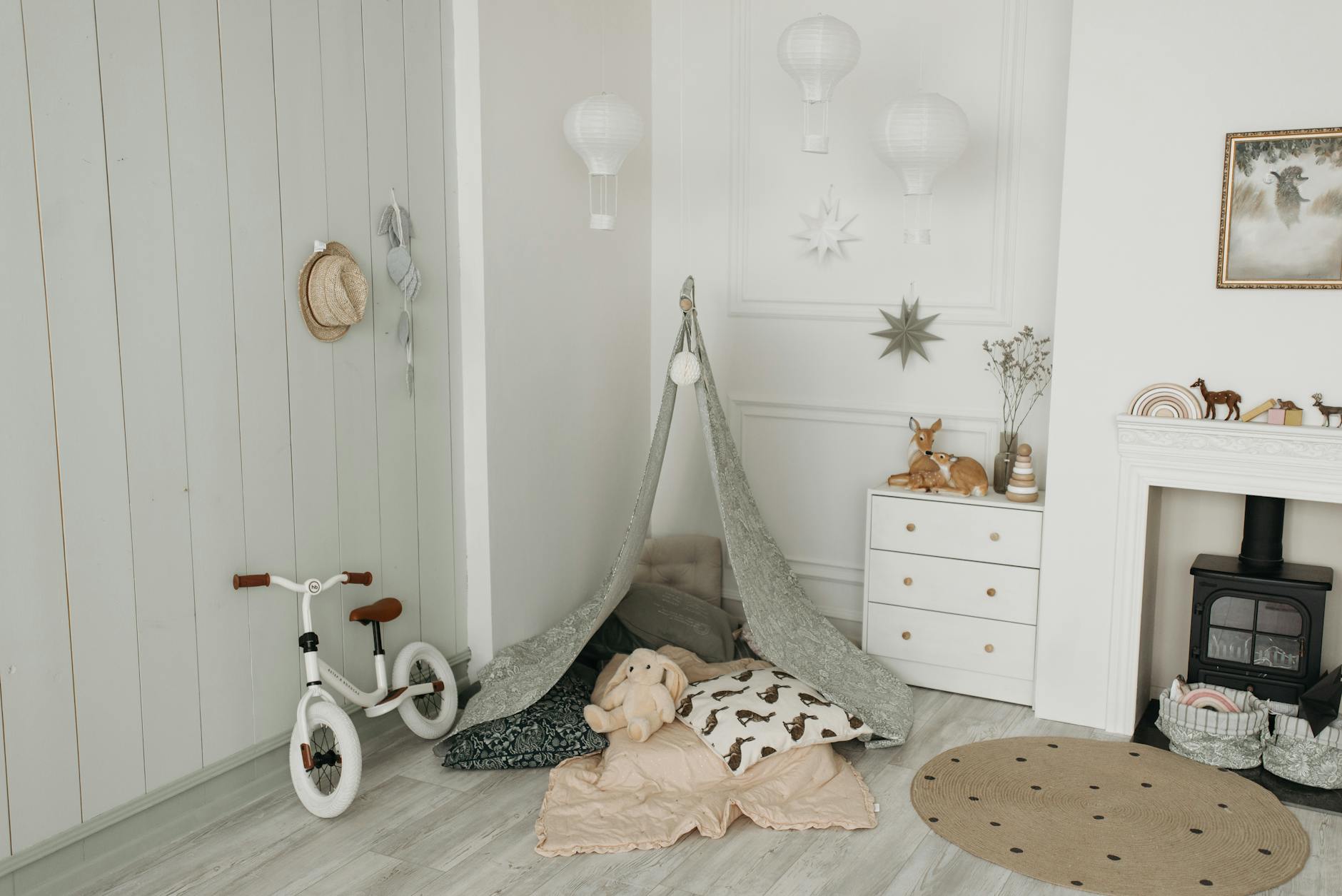
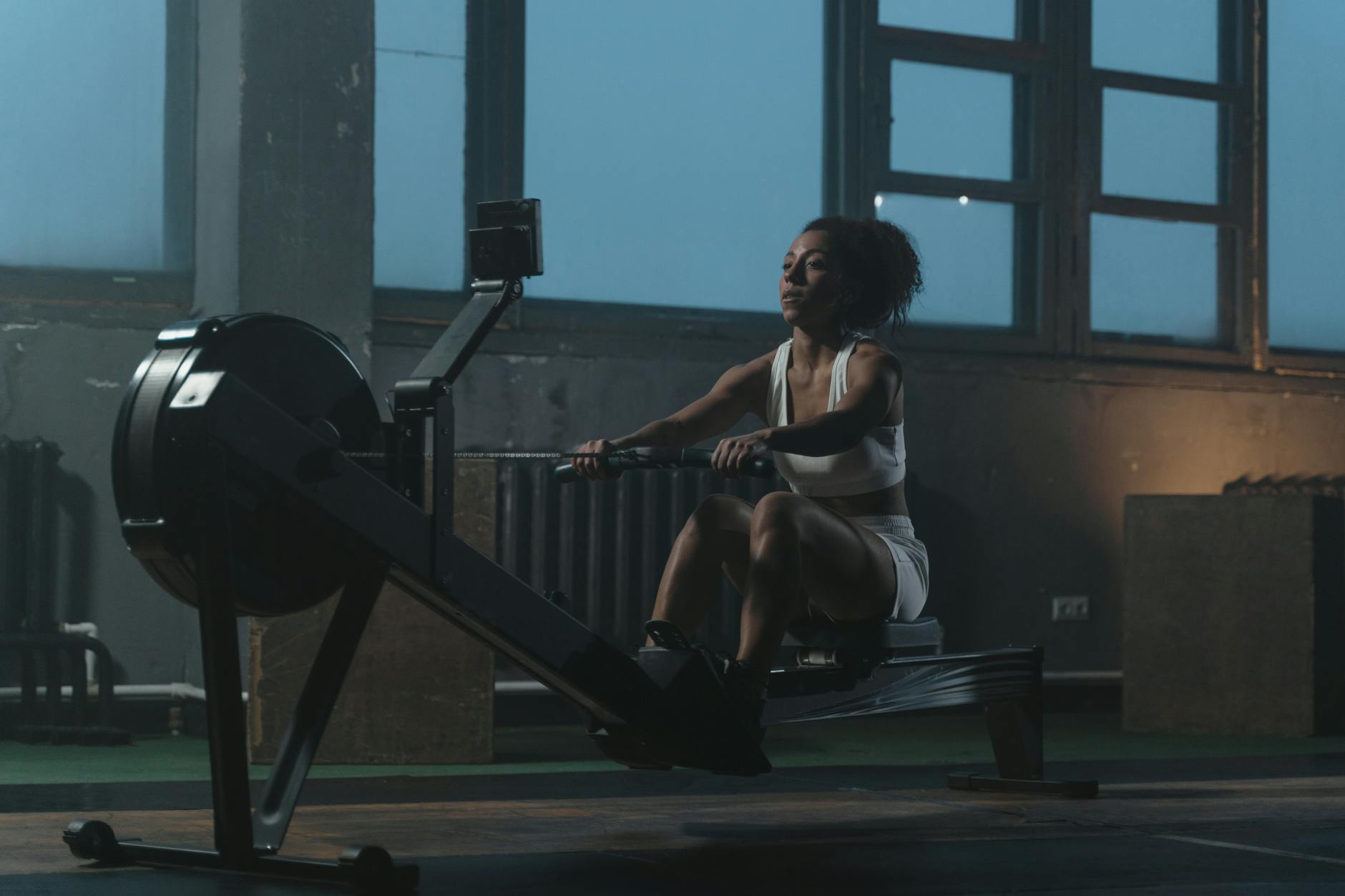









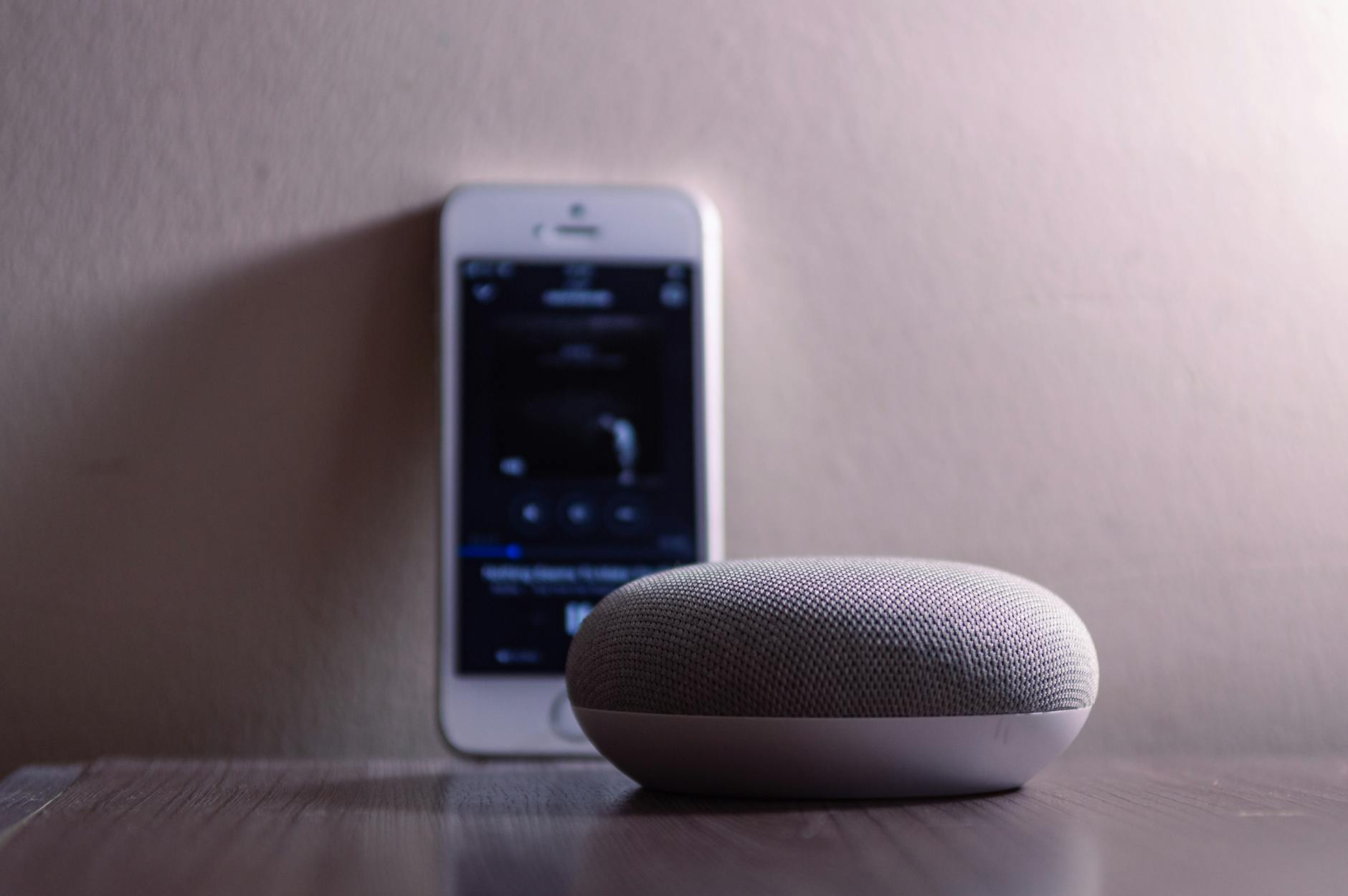
Leave a Reply